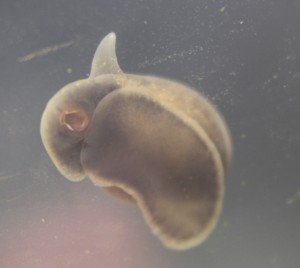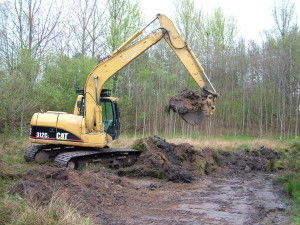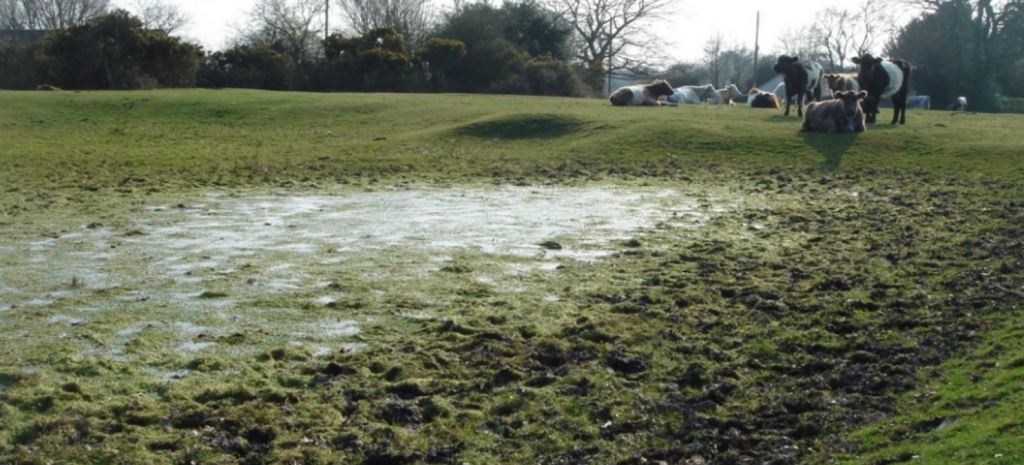Protect the best and build out
28th September 2015
One of Freshwater Habitats Trust’s key principles, to ‘protect the best and build out from these areas’, is explained by our director, Jeremy Biggs

Our freshwaters are, like freshwaters globally, amongst the most threatened parts of the natural world. And once damaged by pollution, experience (and a lot of hard evidence) shows that it’s very hard to repair that damage once it’s occurred. Although you can always clean up pollution to some extent, it’s often very difficult to get back to where you started. Even partial recovery can take 50 years or more.

Together we are already making big efforts to control pollution. But lots of freshwater plants and animals are still in retreat or just hanging on. Even though there have been some good news stories – like otter recovering from the effects of pesticides withdrawn in the 1970s, and the bittern, spreading as a result of habitat creation – these are still very much in the minority. The litany of losses is a sorry tale – often of unassuming and little known plants and animals that make up the miracle of freshwater biodiversity. Plants like Water-violet and Long-stalked Pondweed – still quite widespread but disappearing from large areas as pollution has spread. The modest little Glutinous Snail – which looks like a pretty typical pond snail but seems to be uniquely sensitive to pollution – has gone from large parts of western Europe, and now in this country is holding on in just one lake in Wales. And there are many others that are just keeping a toehold, from the remarkable Sea Lamprey – which with heroic work by the Environment Agency is perhaps making a bit of a recovery – to one of the most ancient of freshwater animals, the Tadpole Shrimp, which we are helping to protect in the New Forest. It is found in just two ponds in the Forest and in a small group of ponds beside the Solway Firth in Scotland.
Because we’re in danger of losing completely so much of our freshwater wildlife our top priority is to help stop these losses, and then make sure these endangered species survive long-term. In doing this we’ll need a mixture of projects – some concerned with protecting the existing high quality undamaged freshwater habitats, and some supporting specific species which often need both clean water and something else too – like just the right kind of site management.

Quite deliberately we’ve developed this concept furthest with ponds. And although there are of many important species – like the Salmon or the Pearl Mussel – which never make use of ponds, by a remarkable trick of nature the smallest freshwaters support the widest variety of freshwater species. Ponds also support the greatest number of endangered freshwater species, more than river or big lakes. So we began with making new high quality ponds in our Million Ponds Project to create unpolluted new habitats for endangered species. And we have also identified so-called Flagship Ponds – the very best of the best ponds in Britain and some of the most critical places for freshwater wildlife – where we are now working with partners and site owners to help ensure their long-term protection. Next we’ll be thinking about other habitats, especially looking at the little streams and ditches that criss-cross the landscape and are an unexplored reservoir of freshwater life. We’ll also be checking out the bigger lakes and rivers, although these often have plenty of attention already and good people looking after then. In the first step of this process we are creating databases so that we can show all the important freshwater habitats on a single map, something which isn’t possible at the moment. As well as guiding our own work, this map will be hugely useful to everyone trying to protect freshwater life.
Choosing where to work is not always obvious. You might think we’d simply want to fix the most polluted and degraded places first. Actually the opposite is usually true if we’re trying to protect freshwater wildlife. We must first take care to secure what is already good but in danger of gradual decline. A good example is the New Forest in Hampshire. Here, there is still a remarkable variety of freshwater habitats – ponds, streams, springs, flushes, wetlands – largely free from pollution. There is nowhere else like it in lowland Britain, with freshwaters from horizon to horizon that are beautiful, rich, diverse and unpolluted. Here we are working with the New Forest National Park Authority, Hampshire and Isle of Wight Wildlife Trust and other partners to protect the best places – there are still threats from pollution even in a landscape like this – and try to spread the high quality habitat from its heartland in the Forest to the surrounding more impacted countryside, where industrial farming and urbanisation are taking their toll on freshwaters.

But you don’t need to be in an exceptional place like the New Forest to find special places and special species – especially if you look in the smallest waters. For example, just a few hundred yards from our main office in Oxford in what at first sight seems to be an ordinary suburban park of mown grass and ornamental shrubs, a little spring arising from the limestone, whose bed is encrusted with a special kind of deposited calcium called tufa, is home to an endangered cranefly whose larvae live in the shallow trickling water using the waterlogged dead wood and twigs. This is the Southern Yellow Splinter Cranefly (Lipsothrix nervosa), one of the myriad of modest creatures which make up life in freshwater, an animal that depends on these little springs. To protect it we must understand and protect this overlooked and unexpected habitat.
Looking for the freshwaters which are still special and wonderful, which are clean, unpolluted and rich in wildlife, protecting them and trying to build out from these places is one of the keys to Freshwater Habitats Trust’s plans for the future.
Want to know more about what we do and our plans for protecting freshwater wildlife? Take a look at our latest Annual Report and Strategy.
